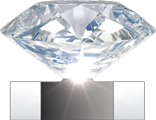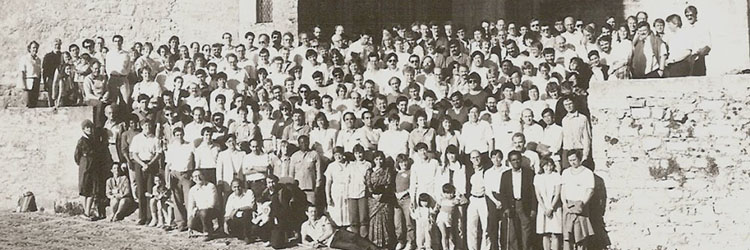
Ettore Majorana Foundation and Centre for Scientific Culture
President: Professor Antonino Zichichi
INTERNATIONAL SCHOOL of CRYSTALLOGRAPHY
Director: Sir Tom Blundell, FRS FMedSci

49th Course
High-pressure crystallography:
status artis and emerging opportunities
a NATO Advanced Study Institute
Erice, Italy • 27 May (arrival) to 5 June (departure) 2016
Purpose of the course
 New experimental and theoretical approaches in the field of high pressure crystallography allow us to address fundamental scientific questions in disciplines such as Physics, Chemistry, Biology, Geosciences and Materials Science. High pressure - from the very modest pressure required to induce the denaturation of proteins and modify intermolecular interactions, through the higher pressures required to synthesise new materials for technological application, to the ultra-high pressures required to radically alter the chemical physical properties of simple elements and materials or recreate the conditions found in Earth's and other planets' interior - is making it a versatile and central tool in condensed matter science.
New experimental and theoretical approaches in the field of high pressure crystallography allow us to address fundamental scientific questions in disciplines such as Physics, Chemistry, Biology, Geosciences and Materials Science. High pressure - from the very modest pressure required to induce the denaturation of proteins and modify intermolecular interactions, through the higher pressures required to synthesise new materials for technological application, to the ultra-high pressures required to radically alter the chemical physical properties of simple elements and materials or recreate the conditions found in Earth's and other planets' interior - is making it a versatile and central tool in condensed matter science.
Fundamental topics covered in the course include experimental techniques for pressure generation, X-ray and neutron diffraction on single crystal and powder materials, comparative structural studies and combined high-temperature and low-temperature experiments. These will be demonstrated through examples of different chemical and structural complexity, from minerals to ices and biomolecules. Specialized and frontiers high-pressure research topics will include computational crystallography, dynamic compression, characterization of liquids and glasses and pair distribution function analysis. The course will be rounded up by illustrating the use of high-pressure as a means to study and access new materials for industrial application such as pharmaceuticals, energy storage, magnetic and ultra-hard materials.
Lectures will be complemented by demonstration and workshop sessions. The course will provide a platform for young and senior scientists to interact and identify as well as discuss new challenges in this rapidly evolving and vibrant research area.

